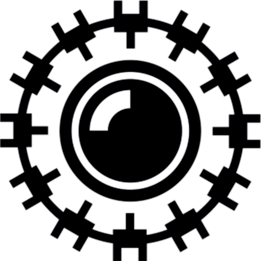The Border Violence Monitoring Network documents cross-border pushbacks and broader types of violence enacted against people on the move. The Network collates this information in a shared, open source database which acts as a living archive, visualising trends in border control and acting as a repository of cases for the use of advocacy, media and litigation.
Each case entered into the database represents the experience of an individual or transit group who was removed from one or more territories. To collect these lived experiences, field reporters work in various border areas and state interiors, conducting in-depth oral interviews.
The methodological process for these interviews consists of BVMN’s trained reporters and translators sitting down with respondents to collect their testimony. Clear communication and understanding is established prior to starting. Although the testimony collection itself is typically with an individual or small group, the number of those subjected to the same pushback can exceed 100. Testimony collection often takes place in the same location where member organisations provide services for people on the move due to geographies of violence. For this reason, field reporters are trained and instructed to establish a priori with the respondents that their choice of sharing their testimony is separate and divorced from the services they receive. BVMN members provide services to people on the move without prejudice to legal status, nationality, religious belief, ethnicity, disability or other characteristics.
BVMN has a standardised recording framework. It blends the collection of hard data (timings, dates, locations, officer and vehicle descriptions, photos of injuries, medical reports and other corroborating evidence) with qualitative narrative accounts of the pushback incidents. Field reporters are trained in testimony collection by BVMN coordinators. Training cover topics of informed consent, the importance of privacy and anonymity, establishing trust and rapport with respondents, avoiding retraumatisation, among others.
The data collected is coded by certain characteristics. These include age, nationality, gender, types of violence used, police involved, treatment in detention and attempted asylum claims among others. The personal data of respondents is anonymised, and any recordings of the interviews taken are deleted after transcription to protect respondents’ safety and data and prevent targeting from State authorities.
While the Network has used the same method of oral interviews since its inception, reports have significantly advanced and become lengthier with the application of new investigative methods, and the expansion of the BVMN reporting team. Therefore some reports from 2017 to 2018, while still meeting the requirements of core data for our database, may be of shorter length. In addition, some reports include fewer details as respondents cannot recall precise information, particularly as many pushbacks are traumatic experiences for example, which can influence an individual’s recollection. To counter the distortion of memory as a result of factors like trauma, BVMN attempts to collect testimonies as promptly as possible following the pushback incident.
The robustness of BVMN’s methodology is reflected in hosting the largest public database on pushbacks, compiling over 1,600 reports of border violence to date (December 2022). Collecting disaggregated data fuels BVMN’s focused advocacy and engagement with a variety of mechanisms. Equally, the narrative of people’s story indicates and proves that allegations of practices of border violence are consistent, widespread and systematic across geographies of borderlands on the European continent. BVMN records and publicises the stories of people on the move in time of grave violations of human rights, for the victims, their families and societies to have awareness of the truth of what happened.
